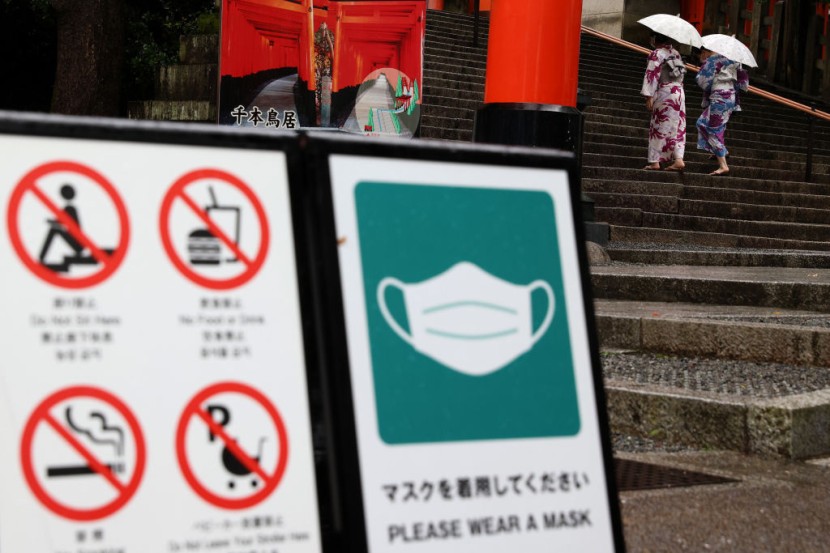
COVID-19 has been in existence for the past three years, and it seems the virus won't be beaten anytime soon. Ahead of the holidays, a new variant called Omicron was detected in South Africa, and it has since dominated most cases across the globe.
Here's a look at how different countries deal with Omicron in January 2022.
Austria and The Netherlands are on lockdown
Austria was one of the first countries to announce another hard lockdown since they detected their first case of Omicron in November. After three weeks, only the unvaccinated individuals are banned from leaving their homes except for essential activities and doctors' visits.
The Netherlands announced another lockdown in December, and it is expected to end on Jan. 14. Schools will be open starting Jan. 9.
But even though there's still a lockdown in the country, some protest groups flocked to the streets of Amsterdam to march against the restrictions.
Stricter restrictions introduced in Germany, some States
Germany and several states in the US announced stricter restrictions after detecting Omicron.
In Germany, private gatherings and large events are now prohibited. But the government is currently in discussion regarding the quarantine period in the country.
Germany can follow France and Spain's footsteps, which reduced their isolation period from 10 to seven days.
Several states imposed mask mandates in the US, especially in public schools. Some institutions also reverted to virtual classes following a surge in Omicron cases.
Read Also: Netherlands Could Be First Country To Detect Latest COVID-19 Variant Omicron, Not South Africa
Japan, Thailand introduce tighter entry requirements for foreigners
Foreigners are not yet allowed to enter Japan, and the country has not opened its doors to non-residents since the pandemic started in 2019.
Thailand is still open to foreigners, but they now need to quarantine upon arrival.
Prior to Omicron, Thailand had already removed its quarantine requirements for foreigners, according to DW.
Israel, the United Kingdom's booster programs
Israel, the United Kingdom, and several other countries are also upping their ante when it comes to boosters.
Local health officials are encouraging residents to get their booster shots as soon as possible.
Israel was one of the first countries to give residents a fourth booster shot to those that are immunocompromised. But starting Sunday, residents aged 60 and above and medical staff will already be eligible for their fourth jab.
Dr. Anthony Fauci encourages everyone to get boosted
Last month, Dr. Anthony Fauci also urged Americans to get their booster shots.
"Our booster vaccine regimens work against Omicron. At this point, there is no need for a variant-specific booster," he said via CNBC.
Earlier this week, the Food and Drug Administration (FDA) also announced shorter waiting periods for 12 to 15-year-olds that wish to get their booster shots.
According to the Huffington Post, children from this age group can get their Pfizer-BioNTech coronavirus vaccine after just five months instead of six months after their second jab.
However, the FDA's authorization has not yet been approved by the CDC, and it will only take into effect after the latter issues its approval.








